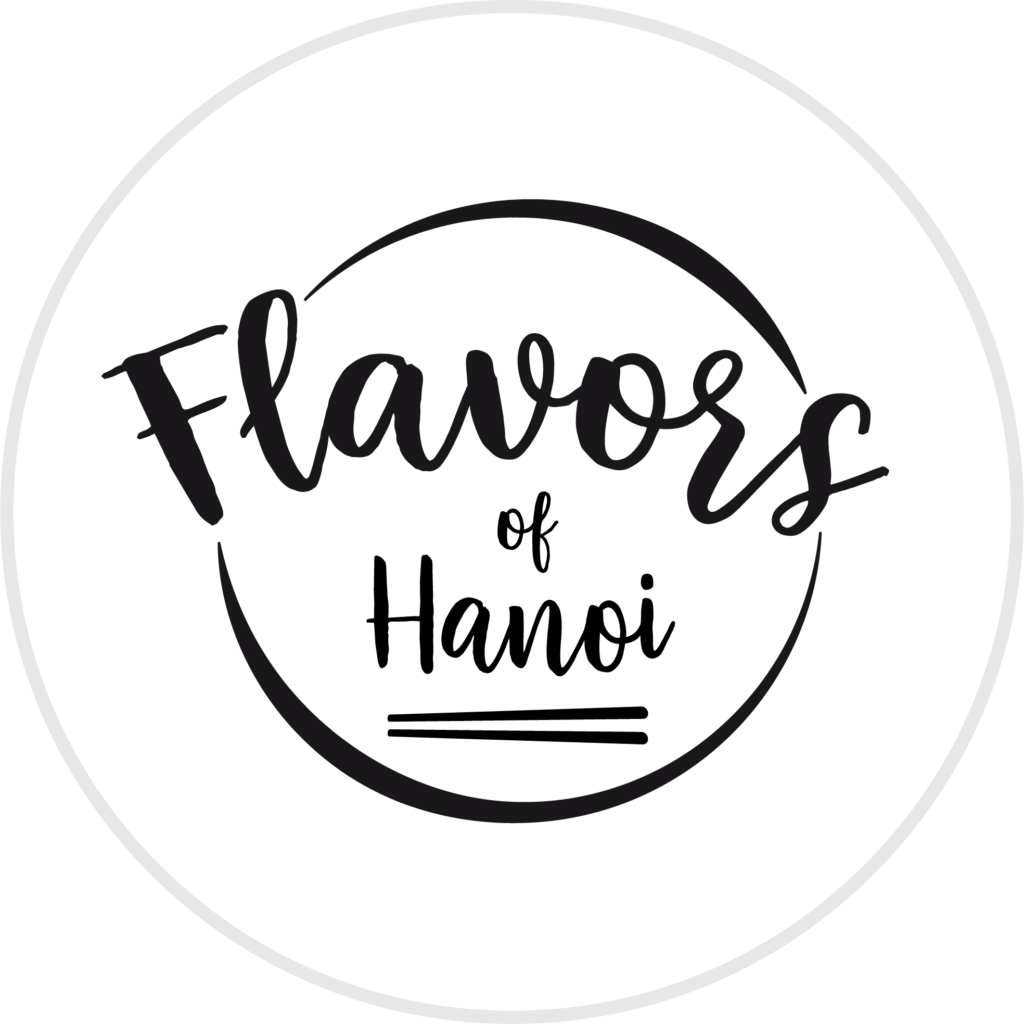On our food tours in Hanoi, we often talk to our guests not only about the food they get to sample, but also the history of the people who are cooking the food. In this blog post, we would like to brief the history of the Vietnamese and the character of our food.
The Legendary Origin
According to the legend about the origin of the Vietnamese people; the first Vietnamese was descended from a dragon lord named Long Quan, who married to a female heavenly angel named Au Co. They gave birth to a sack of 100 eggs, from which hatched 100 humans.
One day, Long Quan told his wife that “I’m descended from the dragon, you are from the fairy. We’re therefore as incompatible as water is with fire, so we must live apart from each other”. Then, he went to the sea with 50 of their children, while his wife went to the mountains with the other 50.
In the mountains, their oldest son, named Hung Vuong, installed himself as the first Vietnam monarch in around 3000 years BC and taught the people to grow rice.
Hence, the Vietnamese refer to ourselves as the dragon’s son and fairy’s grandchildren. Hung Vuong is reffered to as the country’s founding father, his death anniversary is one of the country’s important national holidays.
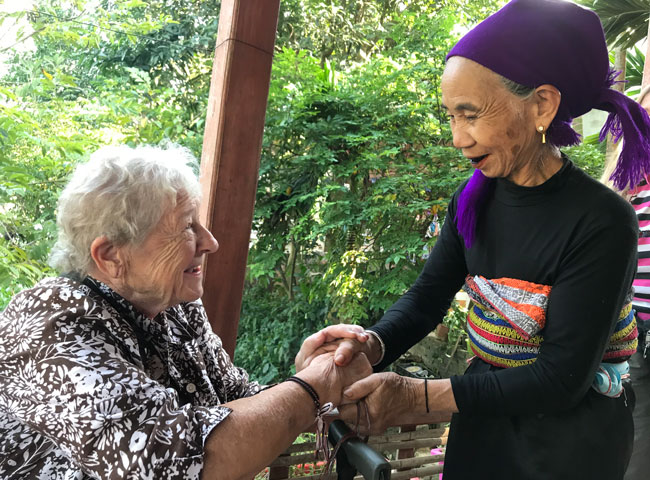
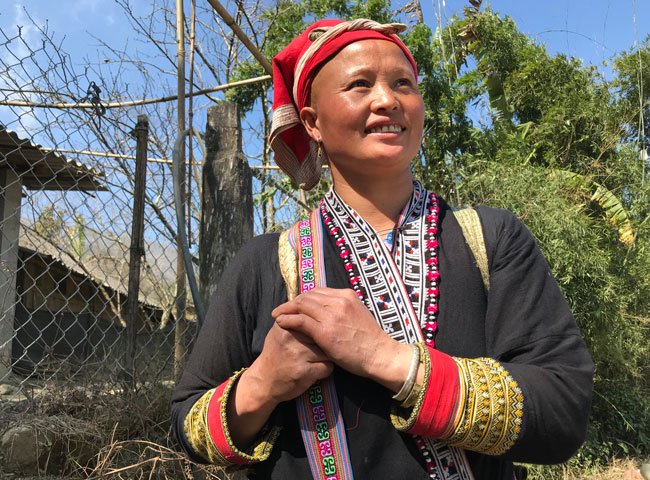
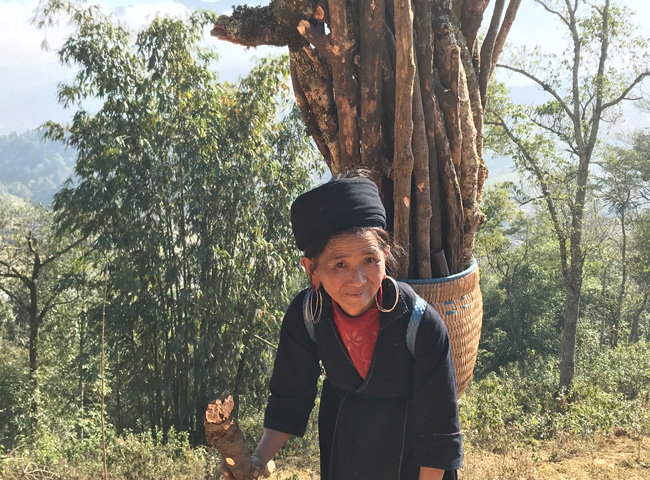
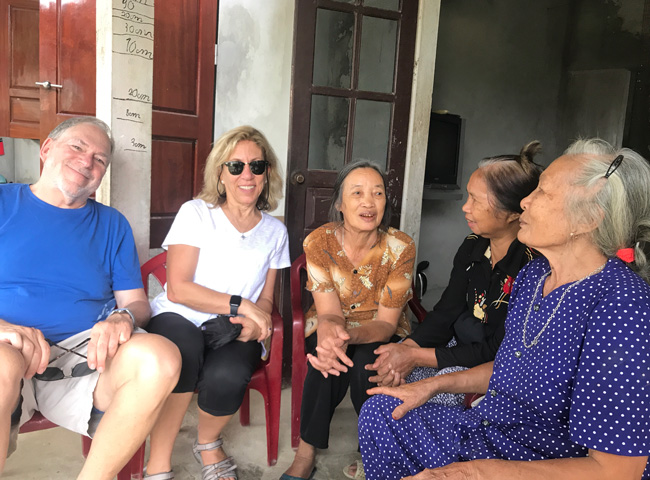
From The Kingdom of Van Lang to Vietnam
Historically, anthropologists have a different opinion about our origin though. They believe thatthe Vietnamese people are rooted in the ancient Austronesian and Southeast Asian people, who lived in about 10,000 years BC.
In the 7th century BC, one of the Viet groups living in the Red River basin formed their own kingdom called Van Lang. The Van Lang is today known as the first kingdom of the Vietnamese, which exited from the 7th century BC to 257 BC.
Therefore, in Vietnamese, Vietnam is written in two words, Viet and Nam. Viet is the name of the first and main ethnic group, and Nam means south. Vietnam, then, refers to the country of Southern Viet people (to Vietnamese, South often evokes what pertains to Vietnam, while North evokes China).
After more than 1.000 years of Chinese domination, 78 years of French colonization, and 21 years of resistance war against the America, Vietnam is today an independent country of 54 ethnic groups with the total population of more than 100 million people.
The largest ethnic group is the Viet people (86% of the national population), the second largest group is Tay People, with 1,7 m. The smallest is the Rơ Măm people, with less than 400 people.
Characters of the Vietnamese Cuisine
Ethnic groups in Vietnam are all rice growers, living in a diverse geography with various climates. They’ve their own cooking traditions while sharing mutual cultural exchanges and historical influences from the Chinese, the Khmer, and the French.
That background formed the variety and diversity of the Vietnamese cuisine, which is characterized with fresh ingredients, balanced flavors, and a reliance on rice and rice noodles.
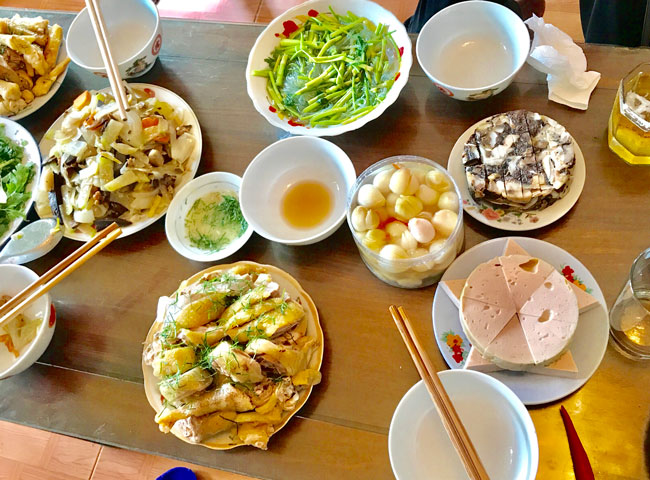

We eat rice 3 times a day, and each meal we’re encouraged to eat 3 bowls of rice. To flavor the rice, we often cook up to 6 dishes in a typical home meal, including pork, chicken, beef, fishes, and vegetables. Fish sauce, fresh herbs, and condiments are always used to enhance the pleasures of the flavors.
Because everyone is eating rice at home, on the street, we eat anything but rice. For further details on the food being served on the street, visit this blog post about our street eats Hanoi.
